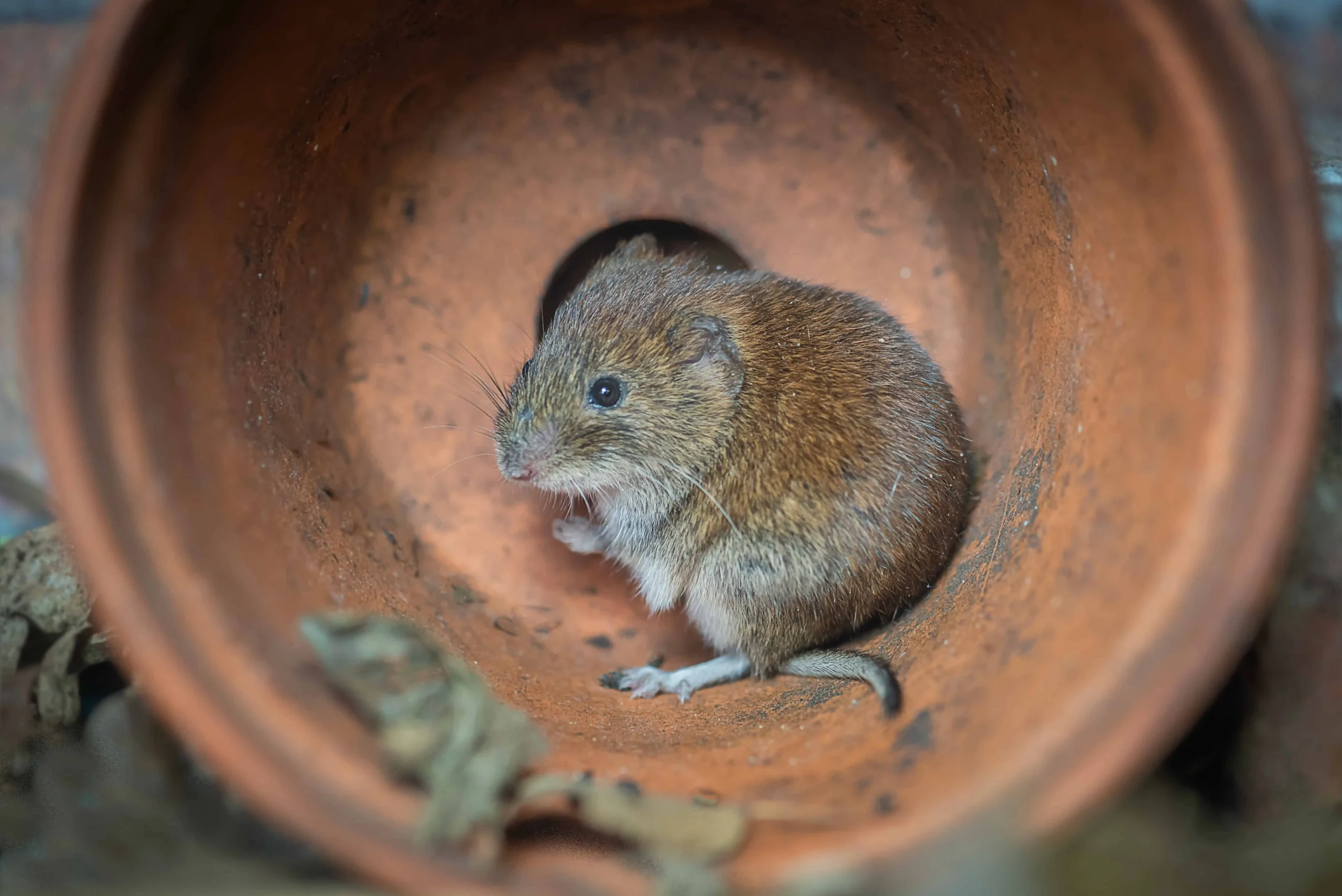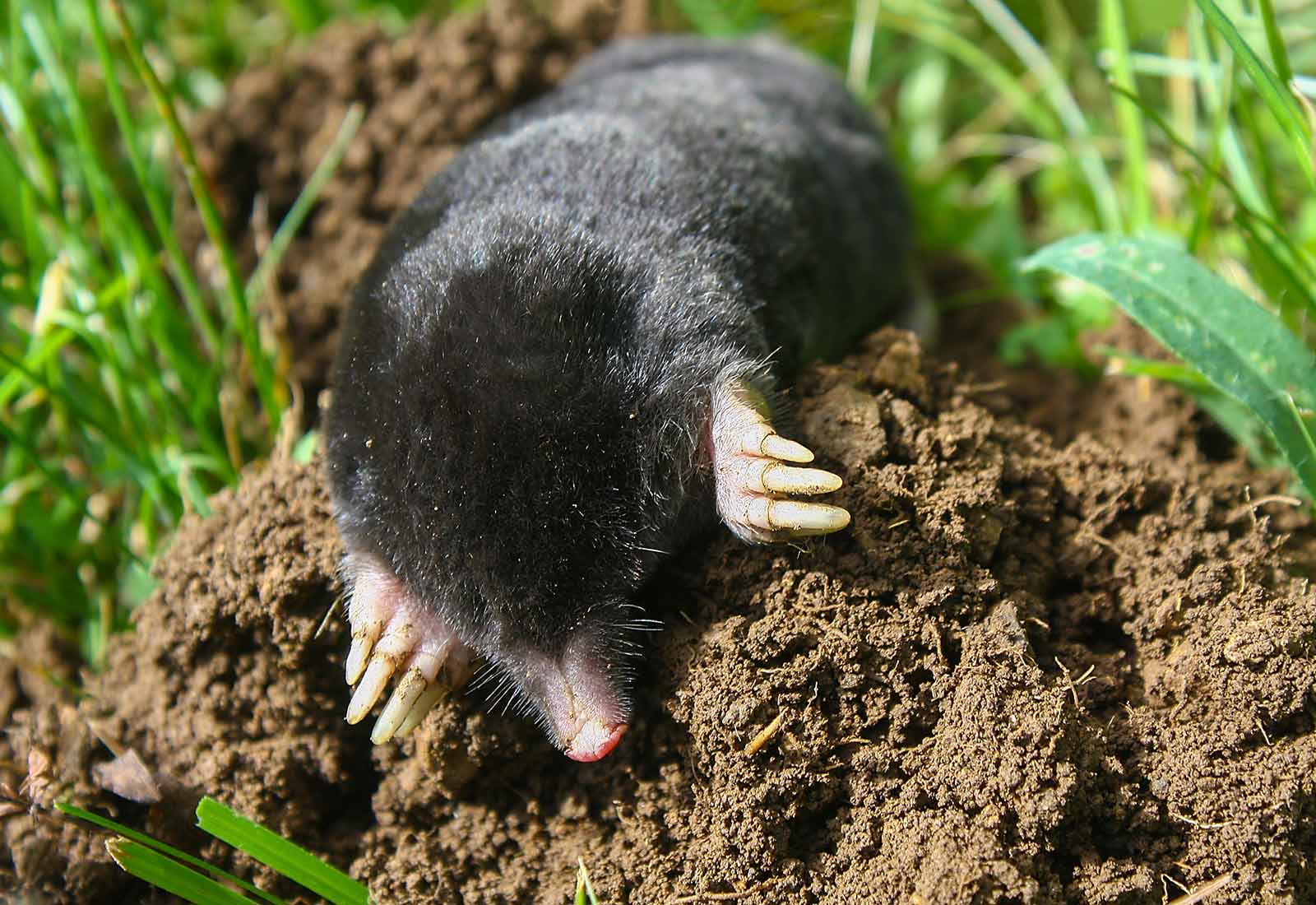Recognizing Vole Yard Damage and Just How to Combat It
Recognizing Vole Yard Damage and Just How to Combat It
Blog Article
Comprehensive Guide to Reliable Vole Bug Control: Problem Recognition and Therapy Methods
In the realm of reliable bug control, vole invasions pose an one-of-a-kind obstacle that requires a critical technique. These small rats, usually mistaken for mice, can damage gardens, lawns, and crops if left unattended. Identifying the indicators of vole presence and carrying out targeted therapy approaches are crucial components of an effective insect monitoring plan. By checking out the subtleties of vole habits, understanding vital indications of invasion, and reviewing a variety of control alternatives, one can develop a thorough approach to battle these elusive parasites.
Comprehending Vole Behavior
Vole habits is characterized by their burrowing practices and fast recreation rates, making them a challenging pest to control efficiently. These little rats generally create elaborate tunnel systems underground, using them for shelter, food storage space, and transportation. Voles are herbivores, consuming a range of plants, grasses, bulbs, and origins, which can trigger substantial damages to yards, orchards, and lawns. Their quick reproductive price additional complicates control efforts, with women efficient in producing numerous clutters in a solitary year, each including numerous offspring.
Comprehending vole behavior is essential for efficient insect control approaches. By identifying their burrow locations, keeping track of feeding locations, and implementing targeted control methods, such as capturing or environment modification, vole infestations can be handled successfully.
Indicators of Vole Infestation

Prevention Approaches
Implementing reliable avoidance methods is important in minimizing vole problems and securing plant life from their devastating feeding routines (vole yard damage). To avoid vole infestations, it is necessary to begin by getting rid of prospective food sources and sanctuary. Maintain turf and vegetation cut short, get rid of weeds and particles, and maintain a clean yard or lawn to make the area less attractive to voles. Mounting barriers such as equipment fabric or underground fencing can also assist hinder voles like this from entering certain locations. In addition, decreasing excess dampness by dealing with dripping pipes and guaranteeing appropriate drainage can make the setting much less hospitable for voles.
Consistently checking the home for indicators of vole task, such as runways and delve openings, is important for early detection and prompt activity. If vole activity is presumed, consider utilizing catches or repellents strategically put near their pathways.
Non-Lethal Control Approaches
To effectively take care of vole populaces while prioritizing gentle methods, non-lethal control strategies supply useful options for reducing vole damage in gardens and landscapes. These obstacles can be buried at least 12 inches deep and curved at a 90-degree angle to protect against voles from tunneling below.

Lethal Control Options
One effective approach for dealing with vole problems in yards and landscapes includes the tactical use dangerous control options. When encountered with an extreme vole infestation that non-lethal methods have fallen short to have, implementing deadly control measures becomes crucial. One typically employed dangerous control alternative is making use of breeze traps. These traps are created to quickly and humanely eliminate voles upon activation, making them a preferred selection for lots of gardeners investigate this site and landscaping companies. To enhance the efficiency of snap catches, it is suggested to position them in locations where vole task is high, such as along runways or near burrow entries. An additional deadly control alternative is the utilization of toxic baits particularly created to target voles. These lures consist of poisonous substance that is consumed by the voles, resulting in their eventual death. Care must be exercised when utilizing hazardous lures to protect against injury to non-target animals or pets. On the whole, when employing lethal control choices, it is necessary to do so responsibly and based on neighborhood laws to effectively take care of vole invasions.
Verdict
In final thought, reliable vole pest control needs an extensive understanding of vole habits, identification of indicators of infestation, application of prevention methods, and use of both non-lethal and deadly control approaches. By integrating these approaches, people can effectively handle vole populaces and safeguard their building from damages. It is essential to resolve vole invasions immediately to prevent more problems and decrease the effect on the surrounding setting.
Given the elaborate passage systems and quick reproduction prices particular of voles, identifying the indications of vole problem comes to official website be important in efficient insect control. One of the primary indicators of vole visibility is the presence of surface paths or routes in turf or snow, commonly about 1-2 inches vast, produced as voles travel between their burrows and food sources.To successfully handle vole populaces while prioritizing gentle methods, non-lethal control strategies use practical solutions for decreasing vole damage in landscapes and yards.One effective approach for addressing vole problems in landscapes and gardens involves the strategic use of dangerous control options. vole control.In final thought, effective vole bug control calls for a comprehensive understanding of vole actions, recognition of indications of invasion, implementation of prevention techniques, and utilization of both dangerous and non-lethal control approaches
Report this page